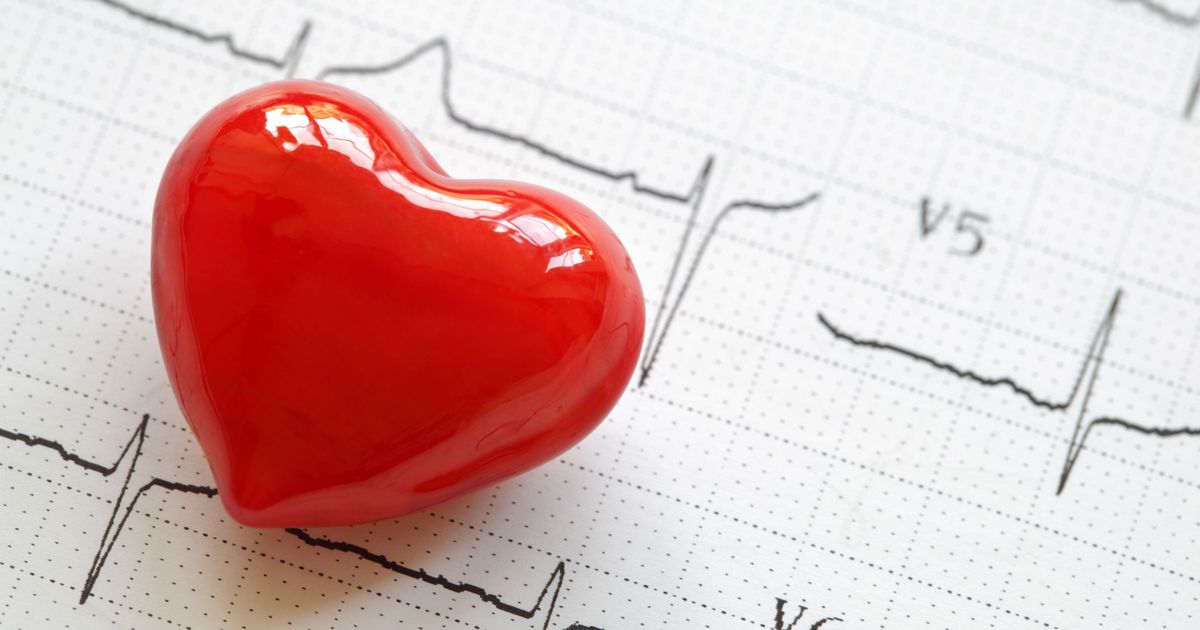What Are The Symptoms Of Hutchinson-Gilford Syndrome?
Thinning And Wrinkled Skin
Thinning and wrinkled skin are commonly observed symptoms that occur in children affected by Hutchinson-Gilford syndrome. When healthy individuals age normally, the skin thins out due to a reduction of collagen and elastin production. Collagen is the substance responsible for helping the skin retain moisture, elasticity, and a youthful appearance. Children who have Hutchinson-Gilford syndrome have skin cells that produce less and less collagen over a short timespan. When there is not enough collagen provided to the skin cells, they do not regenerate or repair themselves effectively. Patients with this syndrome shed off thousands of dead skin cells every day, just like healthy individuals do. However, individuals with Hutchinson-Gilford syndrome experience progressively thinning skin because there are no new healthy skin cells to replace the ones that have died like there are in healthy individuals. Often times, the first indication of thin skin is the increased prominence of the veins that can be seen through it. Frequent and abnormal bruising also becomes more apparent. As less collagen is produced, the skin will tear easier and become wrinkled.
Get the details on more Hutchinson-Gilford syndrome warning signs now.
Severe And Progressive Cardiovascular Disease

One of the most prominent symptoms of Hutchinson-Gilford syndrome is severe and progressive cardiovascular disease. Atherosclerosi occurs when the arteries around the body become stiffened and narrowed. These changes take place when plaque forms inside of the blood vessels, and it reduces the interior diameter through which blood is able to flow. The widespread loss of elasticity and thickening of the artery walls also plays a role in the development of cardiovascular disease. This type of disease usually happens in healthy individuals as they age into their senior years. However, individuals affected by Hutchinson-Gilford syndrome develop these issues quickly, often within the first several years of life. Premature cardiovascular disease results in dangerous heart problems including aortic stenosis, enlarged heart, and calcification of the aorta, mitral valves, aortic valve, and coronary arteries. The individual affected by Hutchinson-Gilford syndrome develops chronic high blood pressure, and they may experience one or more strokes. Most individuals with this syndrome will die as a result of myocardial infarction or heart attack, or from congestive heart failure.
Understand more symptoms of Hutchinson-Gilford syndrome now.
